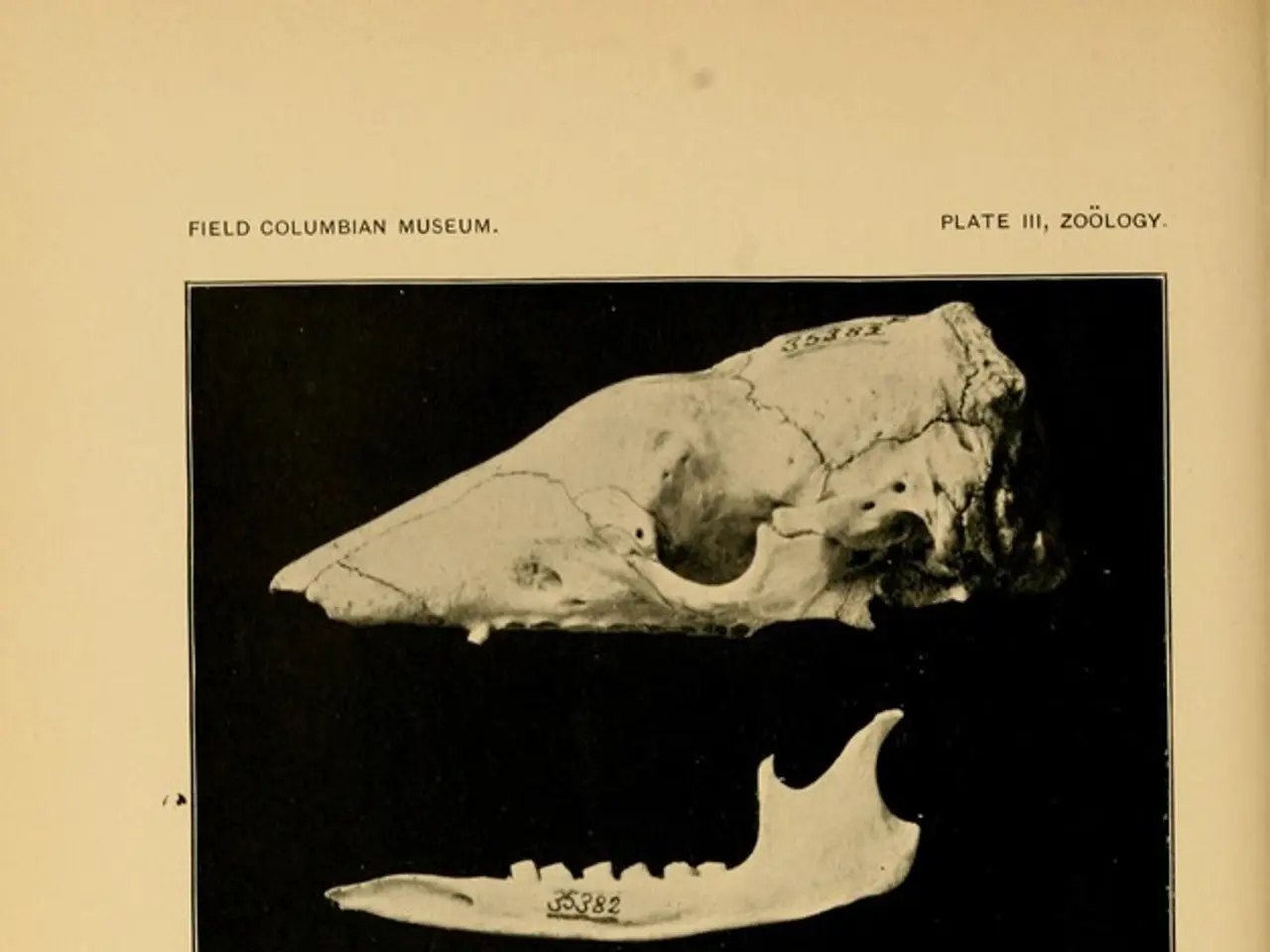Joint Inflammation: Signs, remedies, and origins
Polyarthritis, derived from the Greek words "poly" (many) and "arthron" (joint), is a condition that affects four or more joints in the body, causing pain, stiffness, swelling, and other symptoms. This article provides an overview of the main types of polyarthritis, their causes, symptoms, risk factors, treatments, and notable characteristics.
1. Rheumatoid Arthritis (RA)
Rheumatoid Arthritis (RA) is an autoimmune inflammatory polyarthritis that typically presents with symmetrical joint involvement, causing pain, swelling, stiffness (especially morning stiffness), and joint deformity over time. The exact cause of RA is unknown, but it is believed to be an autoimmune response where the body's immune system attacks joint tissues. RA can have asymmetrical oligoarticular forms but generally polyarticular and symmetrical.
2. Psoriatic Arthritis (PsA)
Psoriatic Arthritis (PsA) is an autoimmune spondyloarthritis associated with psoriasis. It affects joints, causing joint pain, swelling, and inflammation, which may be asymmetrical. PsA can affect joints in fingers and toes (dactylitis), entheses, and spine. The immune system attacks ligaments and joints, although the exact cause is unknown and involves genetic and environmental triggers.
3. Post-Traumatic Arthritis (PTAr)
Post-Traumatic Arthritis (PTAr) is a form of osteoarthritis or inflammatory arthritis occurring after joint injury. It can cause joint stiffness, swelling, pain, redness, tenderness, grinding, instability, and possible intra-articular bleeding. PTAr can be classified into post-traumatic osteoarthritis (most common) and post-traumatic inflammatory arthritis (less common).
4. Juvenile Idiopathic Arthritis (JIA)
Juvenile Idiopathic Arthritis (JIA) is polyarthritis in children, categorized into RF-positive and RF-negative types, contributing to different prognoses and treatments. JIA can cause painful swelling in small and large joints and may affect areas such as the ankles, wrists, hands, hips, knees, neck, and jaw.
5. Reactive Arthritis
Reactive Arthritis occurs after infections, affecting multiple joints.
6. Gout and Pseudogout
Gout and pseudogout are crystal-induced arthritis sometimes presenting as polyarthritis.
7. Autoimmune-related arthritis
Autoimmune-related arthritis includes lupus, sarcoidosis, mixed connective tissue disease with systemic involvement and joint symptoms.
This classification highlights that polyarthritis encompasses a diverse group of diseases with inflammatory and non-inflammatory origins, each requiring tailored diagnostic and therapeutic approaches. Early diagnosis and treatment are key to preventing joint damage and improving quality of life.
Non-medical treatment for polyarthritis may include physiotherapy, low-impact exercises, and a personalized exercise plan. Disease-modifying antirheumatic drugs (DMARDs) like methotrexate and biologics are medications that slow the progress of polyarthritis by using the body's immune system to target the condition. Biological therapies are medications that slow the progress of polyarthritis by using the body's immune system to target the condition.
In conclusion, understanding the different types of polyarthritis is essential for effective diagnosis and treatment. Early intervention can significantly improve the quality of life for those affected by this condition. If you experience symptoms of polyarthritis, consult your healthcare provider for a proper diagnosis and treatment plan.
- Rheumatoid Arthritis (RA), a type of autoimmune inflammatory polyarthritis, is typically characterized by symmetrical joint involvement, causing pain, swelling, stiffness, and potential joint deformity over time. It is considered a chronic disease that falls under the umbrella of health-and-wellness concerns, along with other chronic diseases and medical-conditions.
- Reactive Arthritis, another form of autoimmune-related arthritis, develops after infections and presents as polyarthritis. This condition is closely linked with other autoimmune diseases such as lupus, sarcoidosis, mixed connective tissue disease, and others, demonstrating the diverse range of polyarthritis origins.
- Non-medical treatment for polyarthritis may involve physiotherapy, low-impact exercises, and a personalized exercise plan; however, disease-modifying antirheumatic drugs (DMARDs) and biological therapies are essential medications used in managing the progression of polyarthritis, especially in rheumatoid arthritis and other autoimmune-related arthritis cases.




